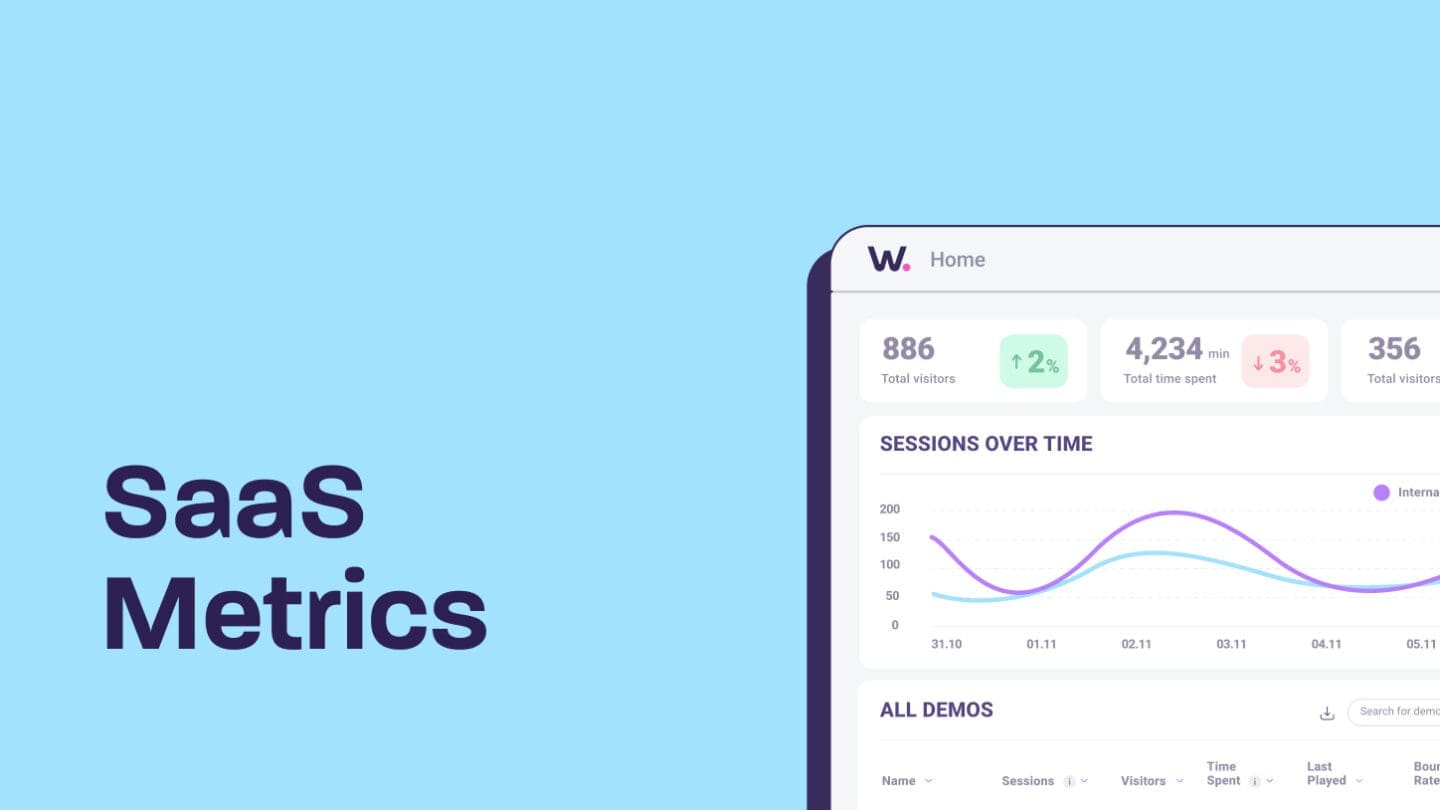How to Take Your Product from Idea to Launch
Do you have an amazing business idea but are worried if it’ll pan off? If yes, it’s time to test it and build something remarkable. But the tricky thing is, how long can you go if you don’t have technical experience?
In the past, this was a big concern for startups and businesses that wanted to test their product/service but needed to have tech skills. But today, there’s a myriad of no-code tools that can simplify this phase for you. Goodspeed is an agency based on this idea; they use no-code tools to develop, launch, and edit MVPs for companies that need quick solutions.
We had Harish from Goodspeed on board to discuss how these tools make MVP launching phase quicker and their other benefits. If you want to make your business’s initial phases glitch-free, read on.
Making adjustments based on customer feedback is key
Ideas are easy—execution, not so much. But with no-code tools like Bubble, entrepreneurs can see whether their business will work. Such tools let you launch the initial product, gather customer feedback, and morph your strategy. If something works, very well. If it doesn’t, you can alter the MVP (minimal viable product) without disrupting your whole business model. Here’s how it should ideally go:
Gathering feedback
Gathering feedback on your newly-launched MVP means creating surveys or polls, conducting interviews, or paying attention to social media conversations about your product or service. The more you listen, the better you will understand what your customers want and need from your business idea. You should use this feedback to refine and optimize your product or service offering to meet current customers’ needs while appealing to potential customers.
Adjusting strategies
Once you have gathered customer feedback, you can adjust your strategies and tactics accordingly. Here’s a good example of how adjusting your strategies is smart:
Say a brand has some unique products in store. From custom-made home décor to eco-friendly gadgets, this store had something for everyone. The founders were excited and ready to make a difference in people’s lives, but they quickly realized that not everyone was as enthusiastic as they were. Despite their enthusiasm, sales were slow, and customers weren’t coming back as often as they’d like.
They began asking questions like “What do you like about our products?” and “What could we do differently?” As they talked with more customers, they noticed certain trends emerging: many people loved how unique the products were but wanted them to be more affordable; others wanted more variety in colors and sizes.
Armed with this valuable feedback, the founders returned to work on their products. They adjusted prices based on customer feedback and added new product colors, sizes, and customization options. They also enlisted help from friends and family members to provide better customer service experiences for each customer who came through the door. These changes made all the difference: soon enough, sales began steadily increasing, and customers started returning.
Prioritizing customer experience
One of the critical components of taking customer feedback is prioritizing customer experience over profit margins or other objectives related to launching a business idea quickly. Your goal should always be to meet the needs of existing customers while also finding ways to appeal to potential customers through unique offerings or tweaks in existing products and services. This means that even if there is an element of risk involved in making changes based on customer feedback—such as investing in additional staff training or new technology—you should still prioritize this risk over other considerations when launching a new business venture.
Benefits of running an MVP
For many entrepreneurs, creating a product and taking it to market can be daunting. After all, launching is costly, and there are no guarantees that customers will love your product as much as you do. Fortunately, there is a way to bring your idea to life without spending too much money or time. It’s called an MVP (minimal viable product). Putting all your funds into a product isn’t risk-free; it’s good to use a test product and proceed only if it works. That’s what Goodspeed focuses on. Here are some advantages of this smart strategy:
Low risk
Launching an MVP requires significantly less capital than launching a full-fledged product right away. You don’t need to invest in expensive advertising or marketing campaigns when you’re just testing your idea with a small group of users. By keeping costs low, you can minimize the risk associated with starting a business while still getting valuable feedback from potential customers.
Quicker time to market
With an MVP, you don’t need to spend months perfecting every detail before bringing it to market. You just need the basic features that make up your core product and can launch it quickly so you can get customer feedback faster and start iterating on the design quickly.
Gather customer feedback
An MVP provides entrepreneurs with valuable customer feedback early in the development process. This information helps them refine their products and meet customer needs before further development or marketing efforts. With this knowledge, entrepreneurs can make more informed decisions about how best to move forward with their businesses and increase their chances of success in the long run.
More engaged customers
People like being part of something special and unique, so by releasing an MVP first, entrepreneurs can create a community around their product that is passionate about its development and willing to help shape its future trajectory through feedback and suggestions. This engaged user base will be invaluable for future growth and provide helpful insights into what features customers want most from your product or service.
Launch a product demo, get feedback, and implement
Customer feedback and satisfaction are the pillars of any business – without them, you cannot go far. That’s why MVPs, testing methods, and feedback platforms exist. To stay ahead of the competition and remain relevant in today’s markets, businesses must be agile and willing to experiment with new ideas. One way to do this is by using a strategy called “Launch, Demo, Feedback, Implement.” This strategy can help businesses move quickly on new projects while ensuring that quality products and services are delivered to customers.
Let’s break down this strategy:
Launch
Launching involves setting up an alpha version of the product and releasing it to a limited number of customers. This allows for early feedback on the product before it is released for general consumption. It also helps ensure that any bugs or issues are discovered early on so they can be addressed before the full launch. This step is essential for digital products because they constantly evolve.
Demo
After launching a product or service, the next step is sharing an interactive demo with potential customers and stakeholders. Doing a demo allows you to get direct feedback from those who will be using the product or service in real-world scenarios. This helps you identify areas where improvements can be made before releasing the product into the market. Additionally, getting feedback from potential customers will also give you an idea of what they think about your product or service. And as we said, this can impact your future development decisions as well as marketing campaigns.
Feedback
When users start talking about your brand (hopefully in a positive way), it’s time to take action on their feedback to improve your product or service before releasing it. Taking customer feedback seriously shows that you value their opinions and want their input to create something better than what was initially created. Also, changing your ways according to customer feedback can result in more loyalty from those same customers, leading to increased sales.
Implement
Implementing the changes you shortlist depending on the customer feedback ensures that your product meets all customer expectations when released. Plus, it gives them a sense of ownership over the final version of your product or service since their input has been taken into account during its development lifecycle. Changing your ways based on customer feedback will show other potential customers that you value their input. Such rapport could lead to increased sales in the future due to increased trust and loyalty between them and your brand(s).
Rounding Up
Having learned the possibilities of no-code tools to give business ideas a tangible form, it is time to properly navigate the implementation. The importance of accurate design and execution cannot be understated, as many companies are eager to take advantage of the powerful no-code development platform.
To develop a successful MVP with this technology, you must place trust in an agency capable of the challenge. Goodspeed stands ready for the task, providing decades of experience developing no-code solutions for clients worldwide. Through technological advances and passion for progress, one can finally realize their dream for their business idea. Take that first step today with Goodspeed.


